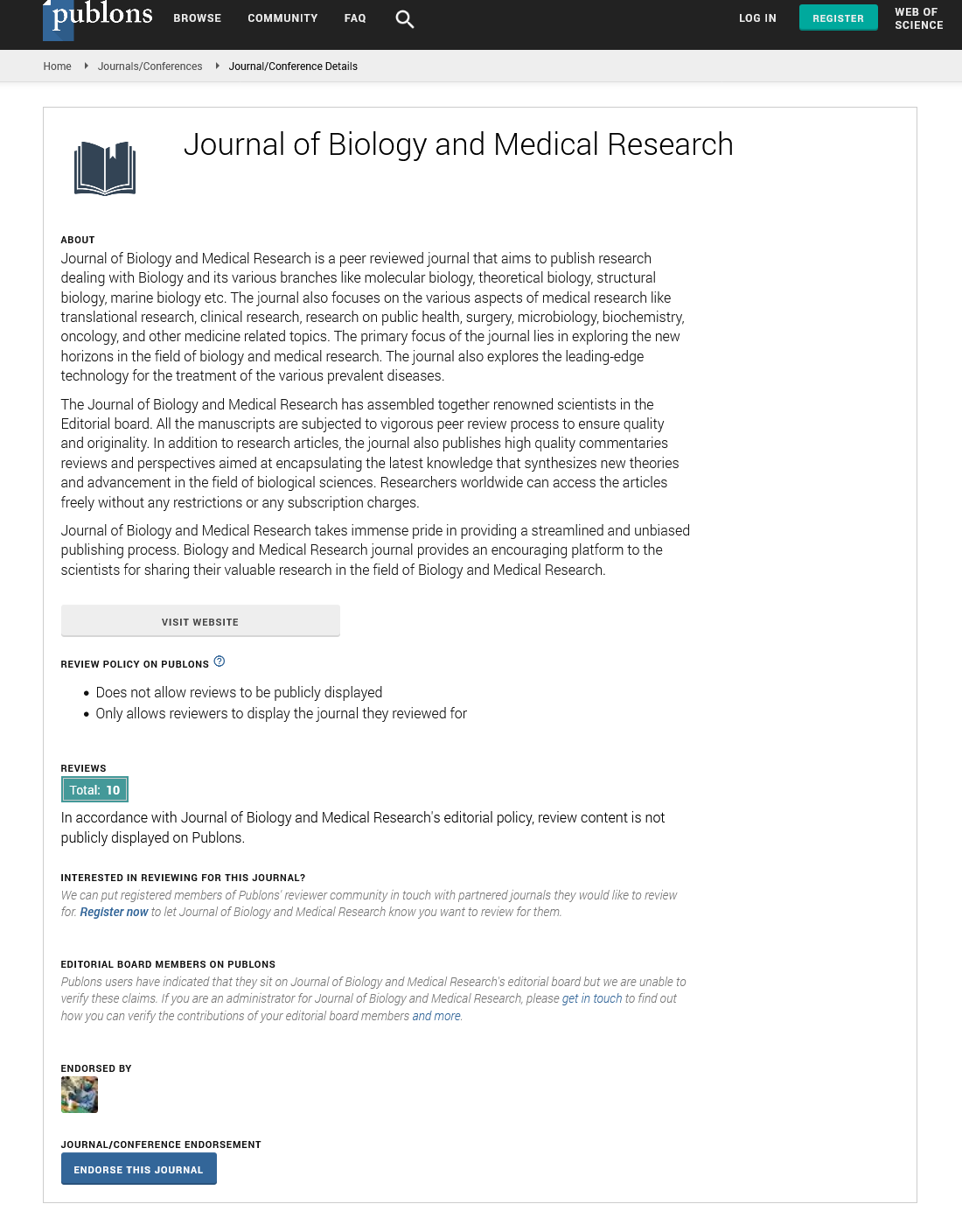Abstract
Derivation of Vascularized Distal Lung Organoids from Human iPSC for Lung Development and Disease Modeling
Organoids have shown valuable progress for disease modeling and restate functional and morphological characteristics of the organs. However, most lung organoid studies have focused on human lung epithelial subtypes. They have not to date included human endothelial cells and systematically addressed the critical role of lung vascularization on lung development, homeostasis, and disease modeling. Here we have developed a human vascularized and functional lung organoid (hLO) system by co-culturing of hPSC derived lung progenitors (LP) with either iPSC derived endothelial progenitor cells (iEC) or human lung microvascular endothelial cells (hLMVEC) to study mechanisms of human lung development and inflammatory lung injury. The co-culturing of either iEC or hLMVEC with LP play an essential role in differentiation toward distal lung organoids by inducing distal lung markers gene expression, increase percentage of alveolar type II (AT2) cells and induced wnt signaling pathway. The co-culturing also increased the expression of ACE2 and protease TMPRSS2 and shown higher permissive to SARS-CoV-2 pseudo virus entry and these increase in the vascularized hLO was due to induction specially in AT2 cells. Further, SARS-CoV-2 infection in hLO cause induction of different chemokines and cytokines including interferon signaling and in the vascularized hLO these inductions were more robust. These vascularized hLO undergo further structural and functional maturation and form functional blood vessels upon implantation into mouse kidney capsule and showed massive influx of mouse neutrophils into vascularized hLO in respond to the LPS challenge. Our vascularized hLO allow new approach for studying human lung development and disease modeling for acute lung injury including COVID-19-disease.
Author(s): Abdul Qadir Syed
Abstract | Full-Text | PDF
Share This Article
Google Scholar citation report
Citations : 80
Journal of Biology and Medical Research received 80 citations as per Google Scholar report
Journal of Biology and Medical Research peer review process verified at publons
Abstracted/Indexed in
- Google Scholar
- Publons
Open Access Journals
- Aquaculture & Veterinary Science
- Chemistry & Chemical Sciences
- Clinical Sciences
- Engineering
- General Science
- Genetics & Molecular Biology
- Health Care & Nursing
- Immunology & Microbiology
- Materials Science
- Mathematics & Physics
- Medical Sciences
- Neurology & Psychiatry
- Oncology & Cancer Science
- Pharmaceutical Sciences
